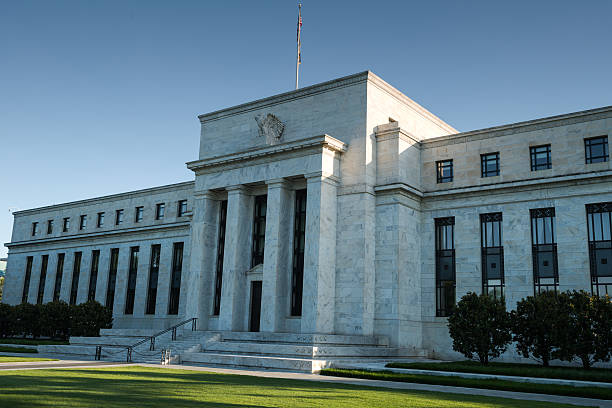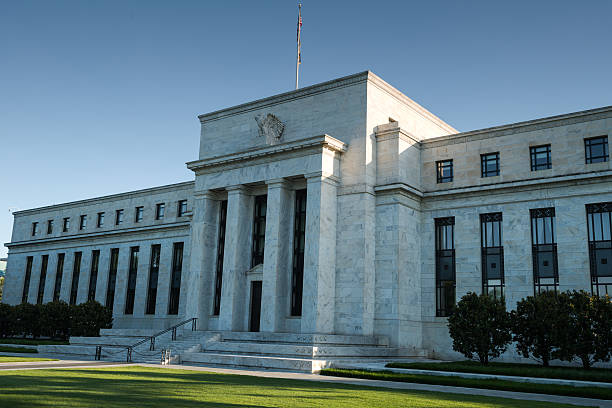
The FOMC minutes for the June meeting confirmed more optimism over the economic outlook. Unwinding of stimulative monetary policy would likely begin earlier than previously anticipated. As the members would begin tapering discussions in coming months, we expect an announcement would be made by end of the year. Meanwhile, the first rate hike could come in as soon as in 2023, revealed in the median dot plots. All changes in the monetary policy measures are data-dependent.
QE Tapering
Various members noted that economic conditions justifying tapering could be met “somewhat earlier than they had anticipated at previous meetings in light of incoming data”. Yet, some judged that the incoming data have been “providing a less clear signal about the underlying economic momentum”. They preferred to see more data over “coming months”. The minutes suggested that members would “begin to discuss” plans for tapering “in coming meetings”. Several participants proposed to taper MBS purchases “more quickly or earlier” because of elevated housing prices, but no consensus had been made. We expect an announcement regarding tapering by December.
Rate Hike
On the rate hike, a “few participants” noted that they expected it could come “somewhat earlier” than previously expected. This comes in line with the median dot plots which projected two interest rate hikes by 2023.
Upgraded Economic Assessments
Economic projections were upgraded in June. The minutes revealed that “a vast majority of participants” revised up their projections for real GDP growth this year. They also stated that “the sectors most adversely affected by the pandemic remained weak, but had shown improvement”. The members “generally” expected that supply chain bottlenecks and shortages of materials and labor could restrain the pace of the recovery, while “some participants” noted that business contacts in their districts reported having trouble hiring workers.
The upgrade in the inflation forecasts was remarkable. Despite the significant upgrade in near-term inflation, the staff retained the view of the transitory nature of inflation. It was “generally” expected that inflation should ease over the rest of the year as price increases caused by bottlenecks and supply constraints reversed.
The job market remained a key concern. The minutes indicated that the “substantial further progress” hurdle for tapering was “generally” not seen as reached, and “many participants” noted the economy was “far” from its employment goals. We believe that the “elevated” uncertainty over the outlook of the job market and inflation is the barrier for a consensus on the appropriate timing of tapering.


 Signal2forex.com - Best Forex robots and signals
Signal2forex.com - Best Forex robots and signals




